iPhone Air vs iPhone 16 Plus: Thin costs extra
The iPhone Air is the next hot thing from Apple. But how does it compare to the iPhone 16 Plus?
We may earn a commission if you make a purchase from the links on this page.

Intro
The iPhone 17 series is out in the open after Apple's Awe Dropping event, and the most interesting model shapes up to be the iPhone Air. It aims to challenge other thin phones, such as the Galaxy S25 Edge, for the slim crown, but there's another angle to be had.
It's very interesting to see how the newly launched iPhone Air fares against the last-generation iPhones and, more specifically, against the iPhone 16 Plus. There are many similarities and some key differences between these two, and we're going to go through all of them in this article.
We also ran both phones through our own lab tests for battery life, display quality, performance benchmarks, and camera evaluations. Let's see how big are the sacrifices you make with the Air and is the form factor enough of a reason to get this phone over the cheaper iPhone 16 Plus.
iPhone Air vs iPhone 16 Plus differences:
| iPhone Air | iPhone 16 Plus |
|---|---|
| Design | |
| Feather weight at just 165 grams | Much heavier at 199 grams |
| Extremely thin at 5.6 mm | Substantially thicker at 7.8 mm |
| Single-tone back with titanium frame | Aluminum frame, glass back |
| Ceramic shield 2 front and back | Ceramic Shield first gen |
| New Camera Plateau | Oval, vertical camera housing |
| Display | |
| 6.5-inch OLED screen | Bigger 6.7-inch OLED screen |
| 3,000 nits peak brightness | 2,000 nits peak brightness |
| 1 nit minimum brightness | Same 1 nit min brightness |
| Performance | |
| A19 Pro chip | A18 chip |
| 5-core GPU | 5-core GPU |
| 12 GB RAM | 8 GB RAM |
| Cameras | |
| Single rear camera | Dual rear cameras |
| 48MP wide | Same 48MP wide |
| - | 12MP ultrawide |
| 18MP Center Stage front camera | Previous gen 12MP front cam |
| Dual Capture video | Doesn't support Dual Capture video |
| 4K60 | 4K60 |
| Battery | |
| 3,149 mAh | 4,674 mAh |
| Up to 27 h video playback (22 h streamed) | Up to 27 h video playback (24 h streamed) |
| Wired charging: 50% in ~30 min (20W adapter) | Same wired charging: 50% in 30 min (30W adapter) |
| 20W MagSafe | 25W MagSafe |
| Models | |
| $999 (256 GB base) | $899 (128GB base) |
| 1 TB max storage | 512 GB max storage |
| Other | |
| Wi-Fi 7, Bluetooth 6 | Wi-Fi 6, Bluetooth 6 |
| USB 2 port | Same USB 2 port |
Table of Contents:
Read more:
Design and Size
Thin as a pancake
Apple dropped a big design change this year with the iPhone 17 family (was this the Awe Dropping from the title?). The camera housing is completely different on the Pro models, for better or for worse, and the iPhone Air is also getting a makeover, albeit a much more understated one.
The phone looks much classier with its single camera bar than the huge rectangle on the iPhone 17 Pro and 17 Pro Max models that Apple calls extended plateau.
The iPhone 16 Plus uses the old, tried-and-tested square camera housing that we've seen in the past couple of generations.
| iPhone Air | iPhone 16 Plus |
|---|---|
| Thickness 5.6 mm | Thickness 7.8 mm |
| Weight 165 grams | Weight 199 grams |
Given the iPhone Air is just 5.6 mm thick, there's a big difference weight-wise as well. The iPhone 16 Plus weighs a hefty 199 grams, and the Air is comes in at 165 grams.
In terms of building blocks, the iPhone Air is made of titanium, and it features Apple's Ceramic Shield 2 both on its front and back. Apple says it's the most durable iPhone ever.
The iPhone 16 Plus, on the other hand, features an aluminum frame and glass front and back, so there's a substantial difference when it comes to materials.
Let's quickly list the color options for the iPhone Air versus what we have available on the iPhone 16 Plus.
| iPhone Air colors | iPhone 16 Plus colors |
|---|---|
| Sky Blue | Ultramarine |
| Light Gold | Teal |
| Cloud White | Black |
| Space Black | White |
| - | Pink |
Display Differences
120Hz ProMotion!
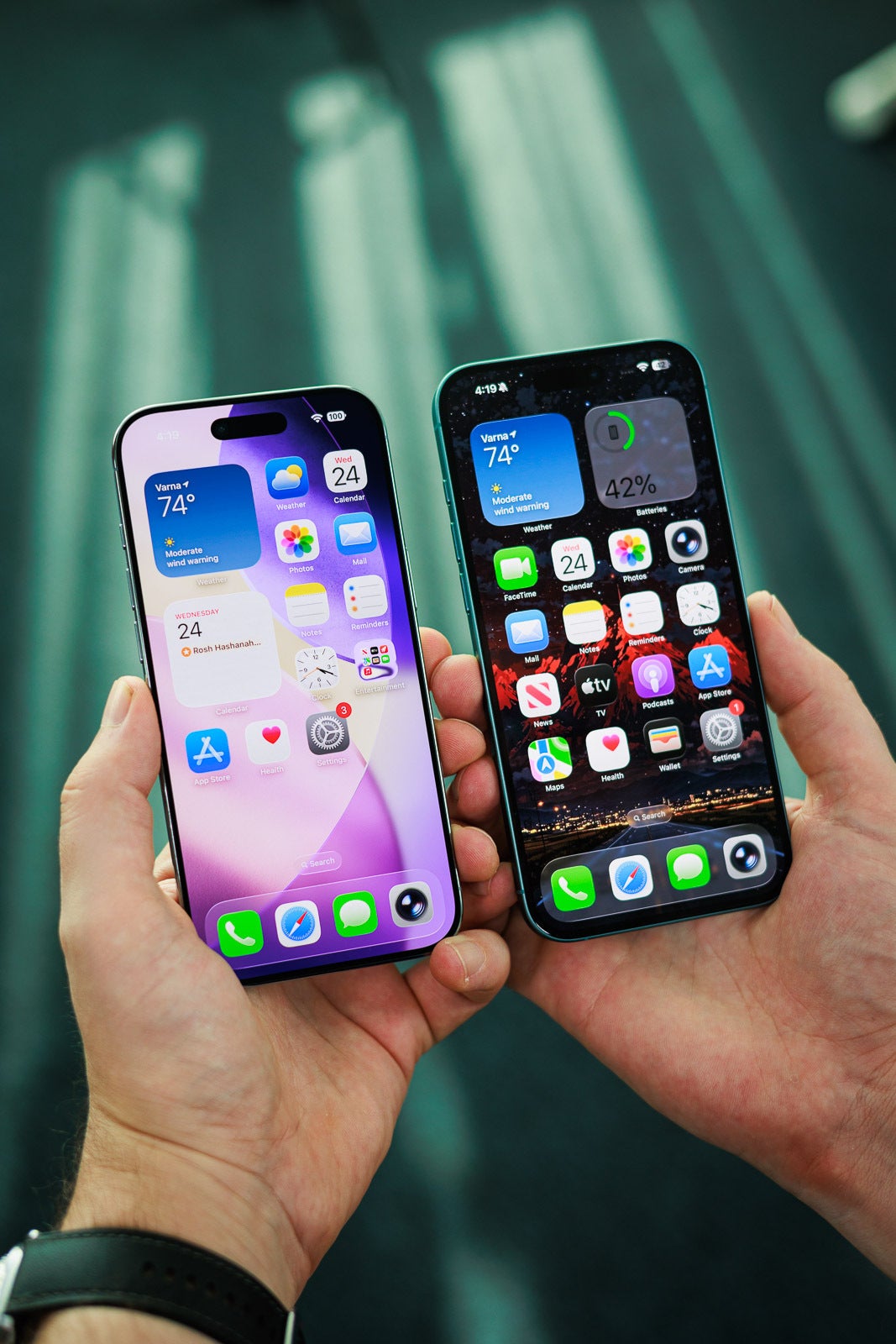
Apple has finally stepped into the future (or should we say present?) with the iPhone 17 lineup. All models feature the ProMotion treatment, giving them a 120Hz dynamic refresh rate. It was about time!
The iPhone Air comes equipped with a smaller 6.5-inch OLED display with a resolution of 1320 x 2868 pixels, resulting in around 458 PPI pixel density. The cited brightness is 3,000 nits peak, so a bit brighter than the iPhone 16 Plus.
Speaking of which, there's one big difference here, and it's the slow 60 Hz refresh rate of the iPhone 16 Plus. Other than that, the resolution is 1290 x 2796 pixels (460 PPI), and the size is slightly bigger at 6.7 inches. The brightness figures are different but we managed to measure a tad over 1000 nits at 100% APL, not a bad result.
The iPhone Air comes equipped with a smaller 6.5-inch OLED display with a resolution of 1320 x 2868 pixels, resulting in around 458 PPI pixel density. The cited brightness is 3,000 nits peak, so a bit brighter than the iPhone 16 Plus.
| iPhone Air | iPhone 16 Plus |
|---|---|
| Size 6.5" 120Hz | Size 6.7" 60Hz |
| Brightness 3,000 nits (peak) | Brightness 1000 nits (typ) 2000 nits (HBM) |
There was information that pointed toward a new technology called LDTEE (Low-dielectric TEE) which improves efficiency and durability and judging by what Apple showed during the Awe Dropping event, the iPhone Air probably has it on board.
Our display tests show that the only difference between these two screen panels (apart from the size) is their peak brightness. The new iPhone Air can output more nits (around 800 more), but other than that, both perform nearly identical in color accuracy, temperature, minimum brightness, etc.
Performance and Software
A-level silicon, but one is Pro
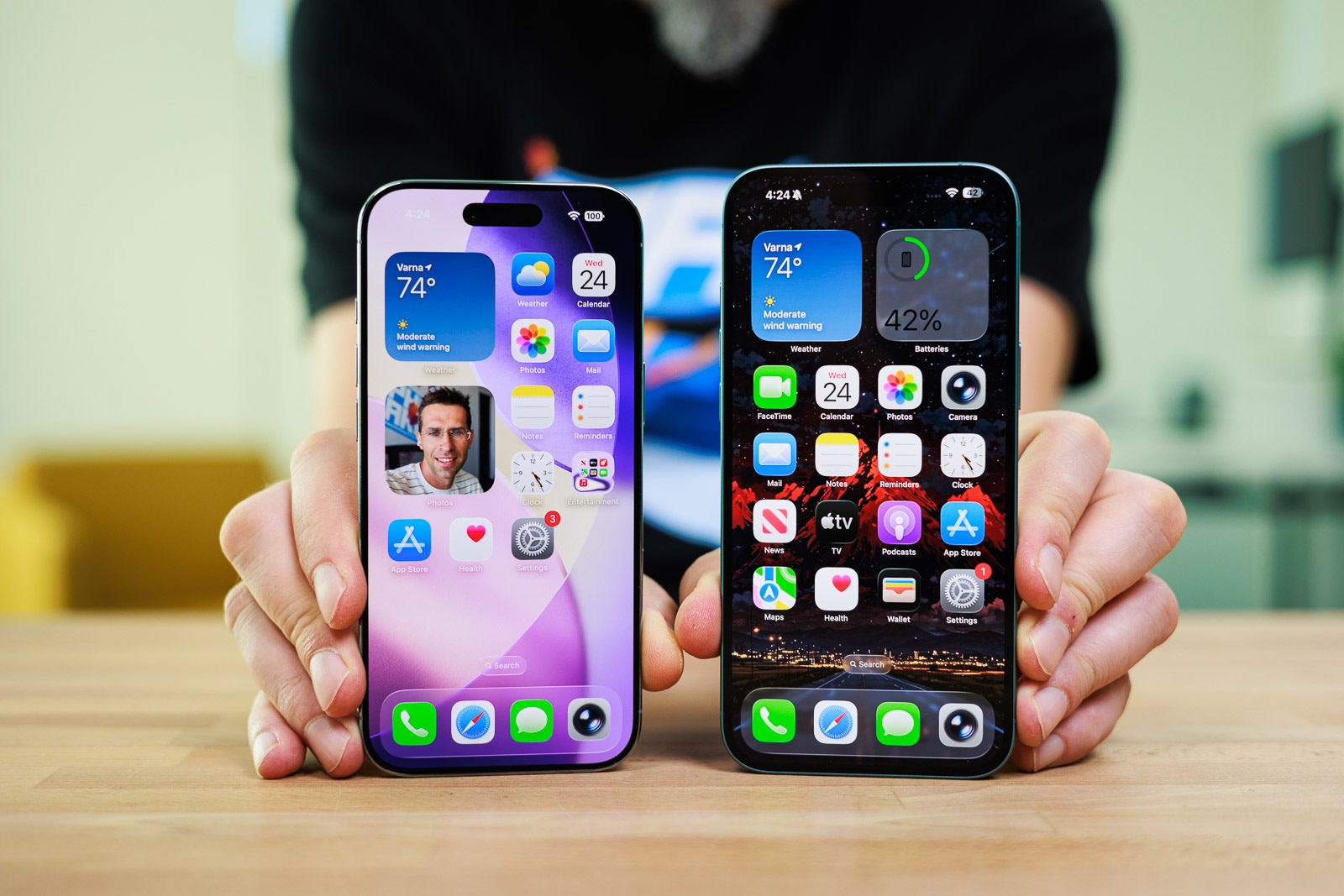
The iPhone Air boasts the next-gen A19 chip and its Pro version at that. It has 40% more sustained performance compared to the last year's Pro models and even more if we compare it to the non-pro A18 chip. What's the exact difference? Check out the benchmarks below the table.
| iPhone Air | iPhone 16 Plus |
|---|---|
| Chip Apple A19 Pro | Chip Apple A18 |
| Process 3nm | Process 3nm |
| RAM 12GB | RAM 8GB |
The difference is there but it's not as big as you might've expected. This goes to show that the iPhone Air has some limitations built-in, in terms of peak performance. That said, in day-to-day tasks both phones perform flawlessly, but the Air gets hot faster.
The RAM situation is as follows: the iPhone Air has 12GB of RAM (confirmation still pending), while the iPhone 16 Plus comes equipped with only 8GB of RAM.
In terms of storage, Apple has phased out the 128GB base models from its Pro lineup, and the iPhone Air also starts at 256GB. The iPhone 16 Plus starts at 128GB.
In terms of storage, Apple has phased out the 128GB base models from its Pro lineup, and the iPhone Air also starts at 256GB. The iPhone 16 Plus starts at 128GB.
In terms of software, the iPhone Air launches with iOS 26 out of the box, and the iPhone 16 Plus is expected to get the update as well, later this September. You can check out our early iOS 26 preview for more details.
Camera
Another cyclops
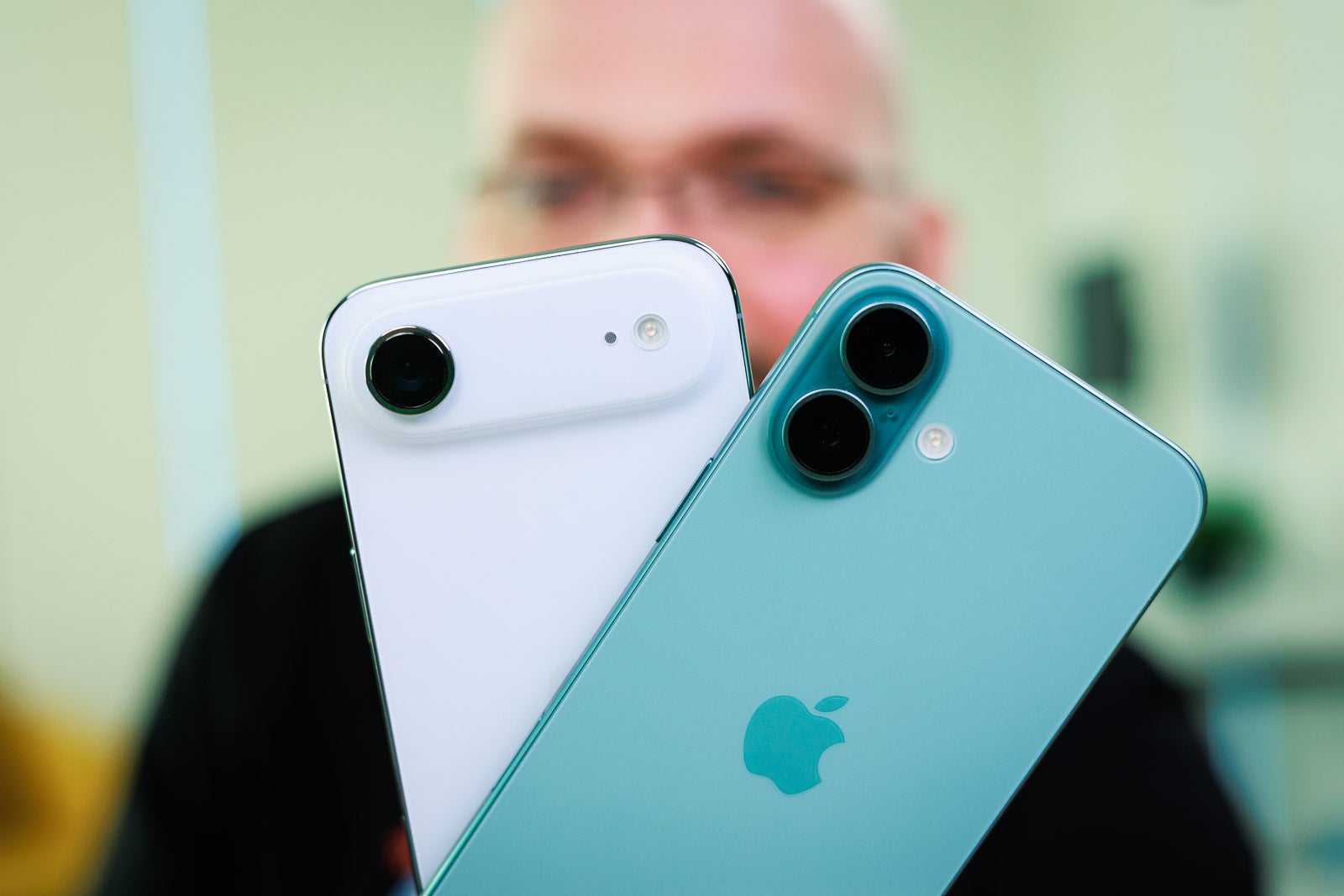
PhoneArena Camera Score:
Apple has went the single main camera route again with the iPhone Air. It's the iPhone 16e situation all over again, with just a single 48MP wide camera on duty at the back. Apple tried to convince us that this 48MP Fusion camera counts as four different lenses but we're not completely sure about that.
| iPhone Air | iPhone 16 Plus |
|---|---|
| Main 48 MP f/1.6 26mm (wide) 1/1.56" | Main 48 MP f/1.6 26mm (wide) 1/1.56" |
| Ultrawide - | Ultrawide 12 MP f/2.2 13mm (ultrawide) 1/2.55" |
| Telephoto - | Telephoto - |
The iPhone 16 Plus has the advantage of a dedicated ultrawide camera, it's a 12MP sensor over an f/2.2 lens and it has a focal length equivalent of 13 mm. Neither of these two phones comes with a dedicated telephoto camera, so users will have to rely on 2x crops from the main sensor.
The selfie camera is new across the iPhone 17 lineup. It's an 18MP sensor that allows you take horizontal selfies while holding your phone vertically, cropping from the sensor depending on the orientation you want for your photo.
Looking at the scores in the Camera Rating widget above, it's clear to see that the ultrawide camera (or the lack of it in the Air) is the main difference. The scores in all of the other areas are identical. But let's take this to the real world and look at some samples.
Main
Zoom
Selfie
Video Quality

Battery Life and Charging
Is it silicon-carbon? Probably not...
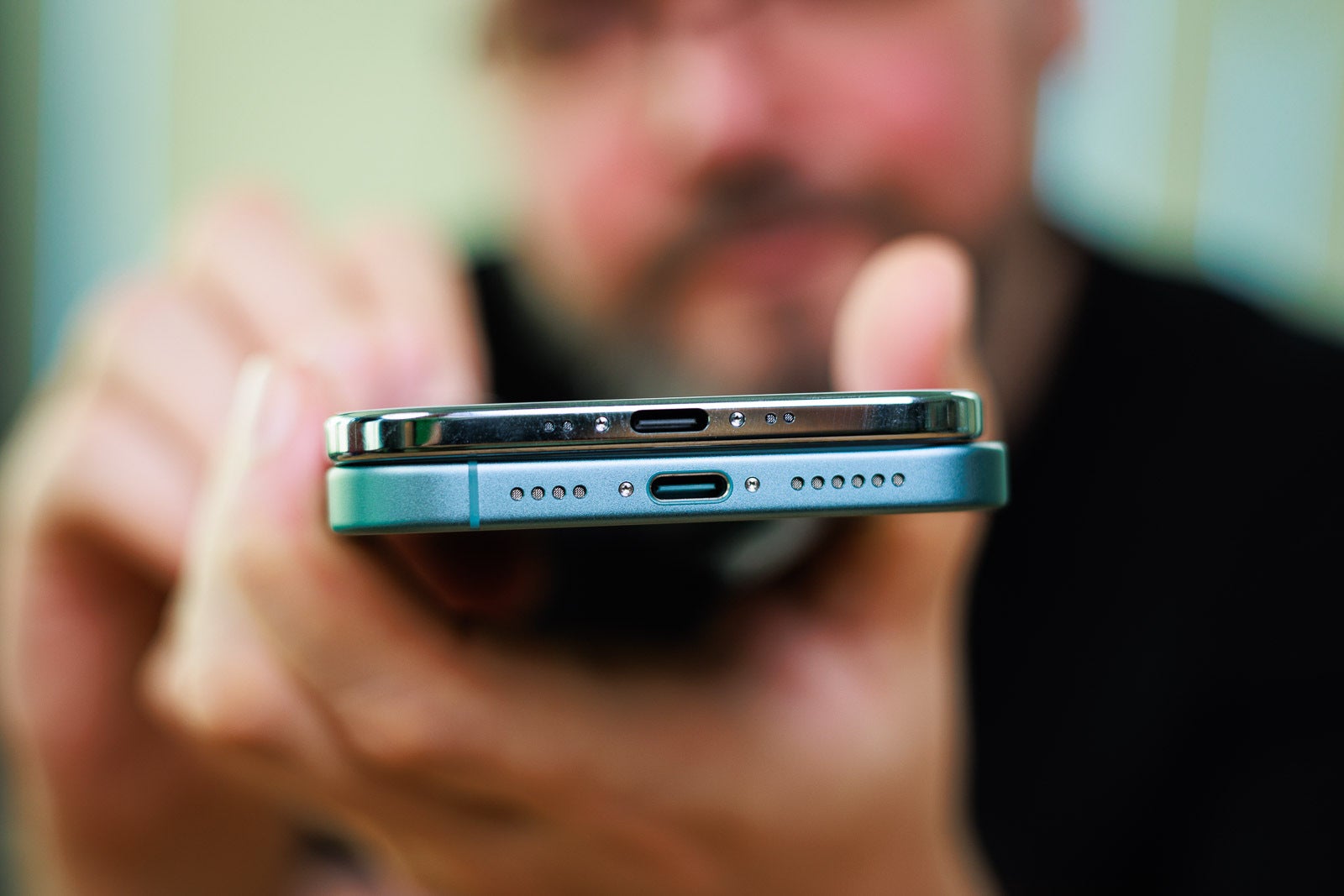
Apple is known for its conservative approach toward battery capacity and charging. This time around, though, Apple boasted about larger batteries, although, in typical Apple fashion, the company didn't share any numbers besides video playback times.
However, people couldn't wait to pry the iPhone Air open, and now we know the exact capacity of the battery - it's 3,149 mAh.
The iPhone 16 Plus, on the other hand, has a much heftier battery, landing at 4674 mAh, and it also shows in our battery test. The phone ranked #38 for phones tested in the past 2 years with a composite score of 7h 31m.
The iPhone 16 Plus, on the other hand, has a much heftier battery, landing at 4674 mAh, and it also shows in our battery test. The phone ranked #38 for phones tested in the past 2 years with a composite score of 7h 31m.
| iPhone Air | iPhone 16 Plus |
|---|---|
| Battery capacity 3149 mAh | Battery capacity 4674 mAh |
Charging speeds 20W wired 25W wireless (MagSafe) | Charging speeds 27W wired 25W wireless (MagSafe) |
PhoneArena Battery and Charging Test Results:
You can't cheat physics and the extra capacity of the iPhone 16 Plus pays off. You're getting one more hour of total time and the phone beats the iPhone Air in every area of our test. That said, for such a thing phone with such a small battery, the Air performs quite admirably.
In terms of charging, Apple was relatively silent during the presentation but the MagSafe battery accessory the company showed tells us that the iPhone Air supports wireless charging. A real feat considering the thickness of the device.
Specs Comparison
Here's a quick specs comparison between the iPhone Air and the iPhone 16 Plus (follow the link for a more detailed comparison on PhoneArena):
| iPhone Air | iPhone 16 Plus |
|---|---|
| Size, weight 156.2 x 74.7 x 5.6 mm 165 g | Size, weight 160.9 x 77.8 x 7.8 mm 199 g |
| Screen 6.5" OLED 120Hz ProMotion | Screen 6.7" OLED 60 |
| Processor Apple A19 Pro 3nm | Processor A18 3nm |
| Versions: 12/256GB 12/512GB LPDDR5 | Versions: 8/128GB 8/256GB 8/512GB LPDDR5 |
| Cameras: 48MP main 18MP front | Cameras: 48MP main 12MP ultra 12MP front |
| Battery: 3149 mAh | Battery: 4674 mAh |
| Charging: USB-C 20W wired MagSafe | Charging: USB-C 27W wired MagSafe |
Also read:
Summary
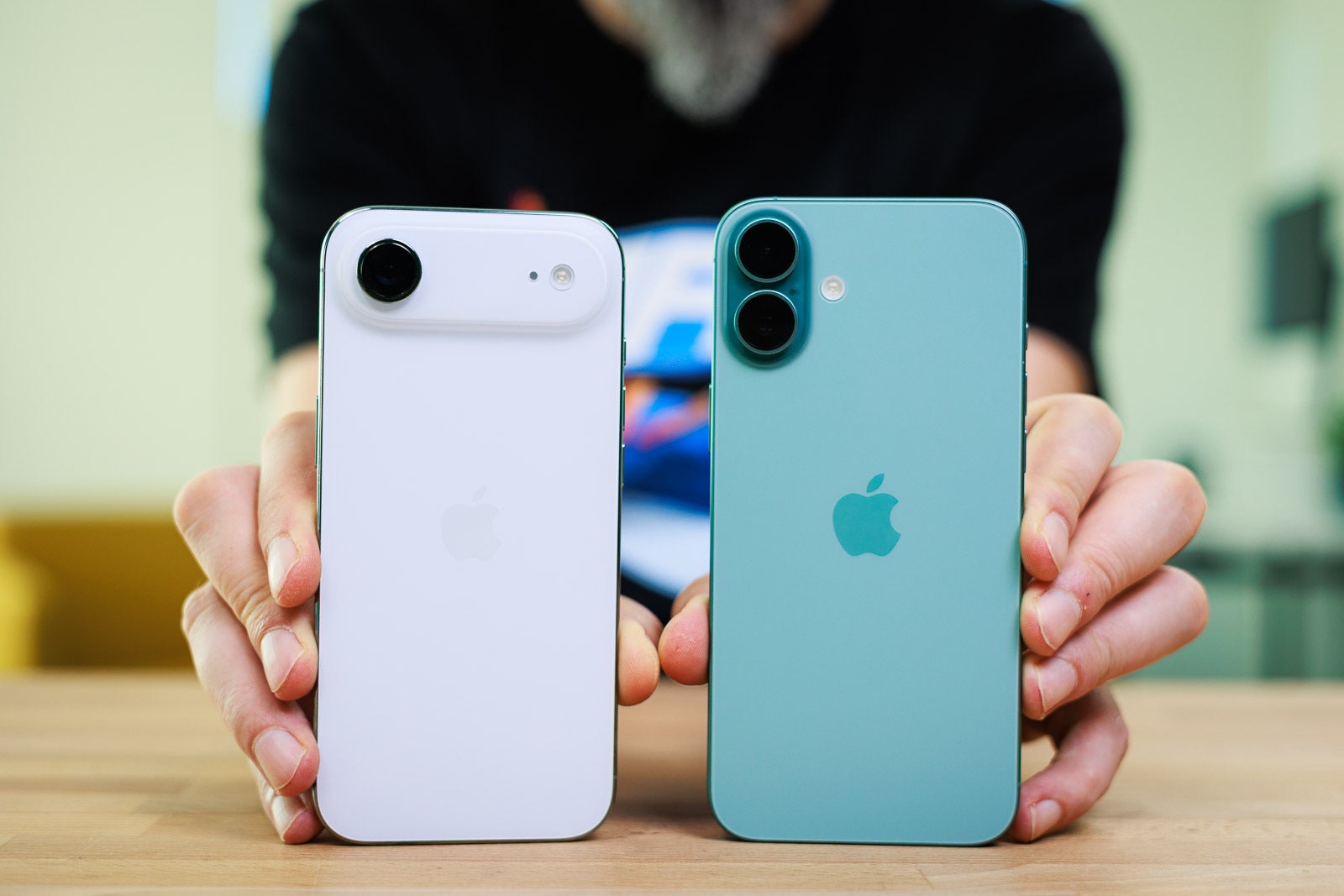
Do we need ultra-thin phones? This is the primary question we need to answer before we start judging the iPhone Air. The kind of steep price of $999 puts the phone right in contention with the iPhone 17 Pro. You can think of it as a thinner Pro with fewer cameras, so to speak. Where does the iPhone 16 Plus slot in?
The screen on the iPhone Air is better (finally getting the ProMotion treatment), and the silicon inside is faster (but not by much). The building blocks are tougher (titanium and ceramic shield 2), and there's more RAM and base storage.
On the downside, compared to the iPhone 16 Plus, you get one less camera and a smaller battery at a bigger price. Whether or not people will opt for that particular trade-off, it's too early to say.
So, if you're really looking to get a big-screen iPhone and don't care about paper-thin designs, the iPhone 16 Plus will do the job nicely. But if you want to jump on the latest trend and test a 5.6 mm device, there's no other option on the market; you should pay the $100 extra for the iPhone Air.
On the downside, compared to the iPhone 16 Plus, you get one less camera and a smaller battery at a bigger price. Whether or not people will opt for that particular trade-off, it's too early to say.
So, if you're really looking to get a big-screen iPhone and don't care about paper-thin designs, the iPhone 16 Plus will do the job nicely. But if you want to jump on the latest trend and test a 5.6 mm device, there's no other option on the market; you should pay the $100 extra for the iPhone Air.
Follow us on Google News

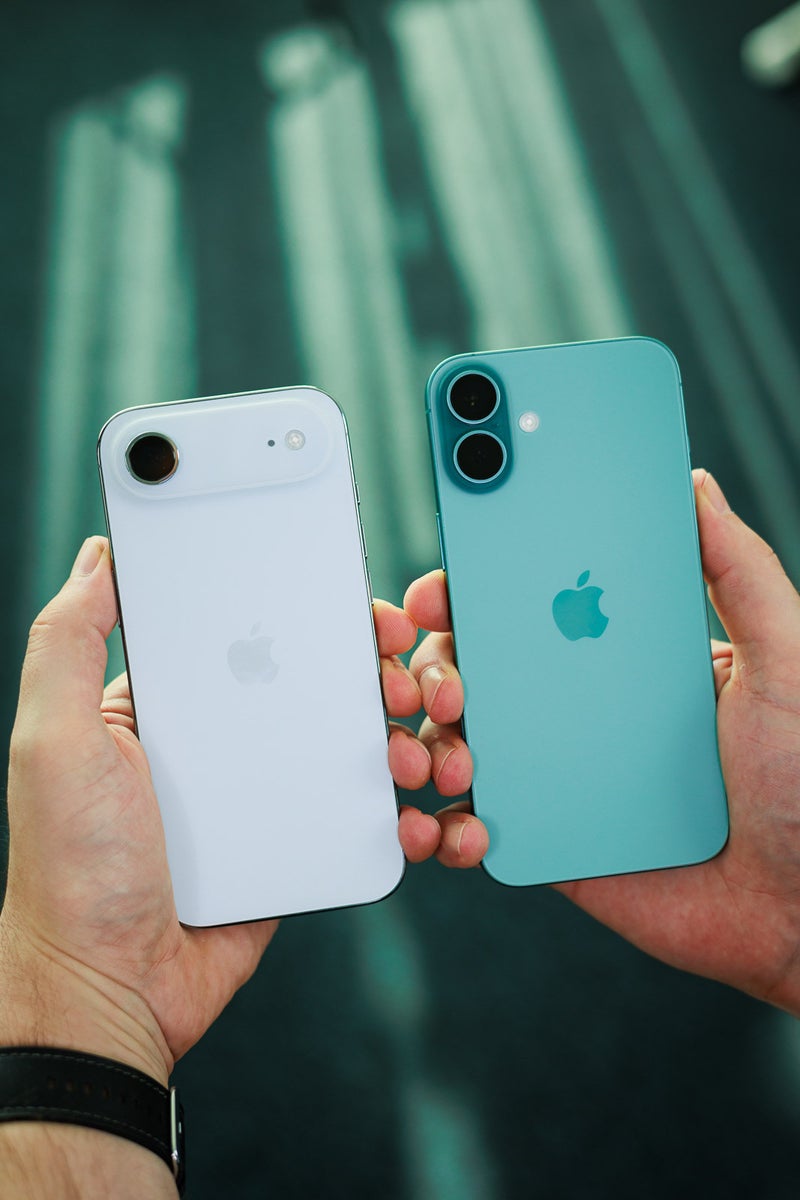
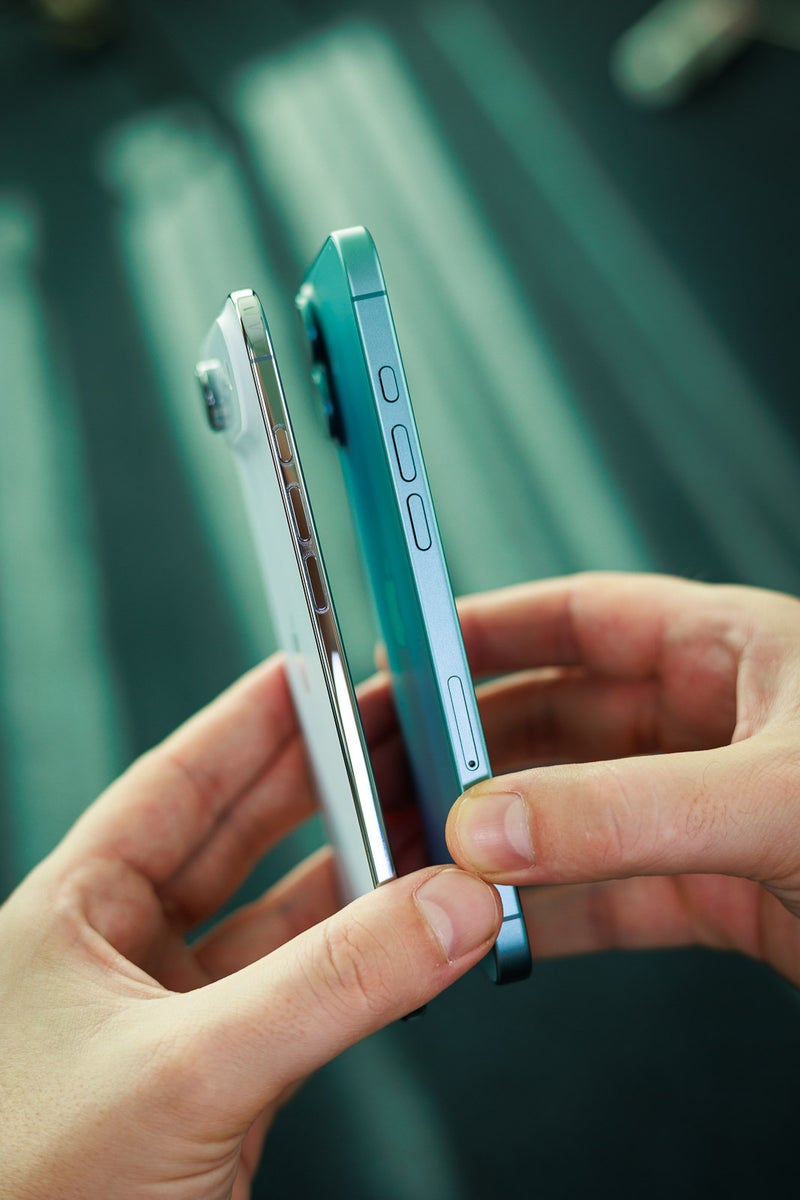
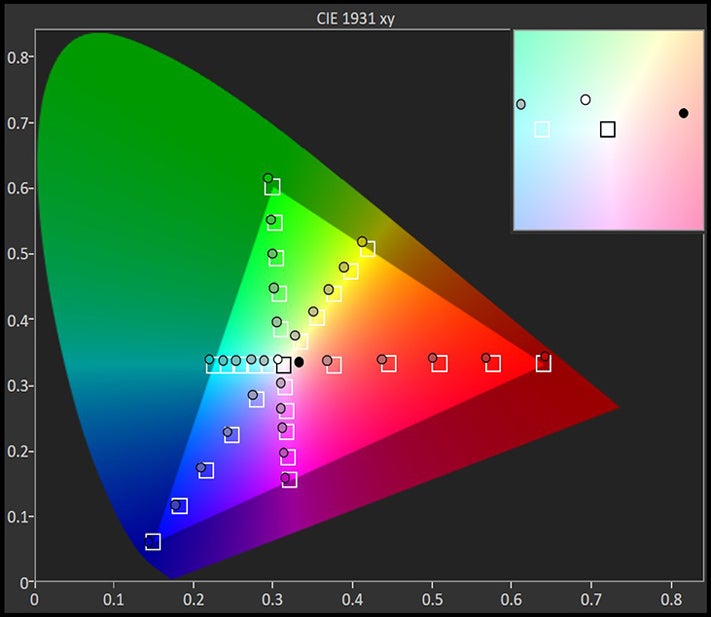





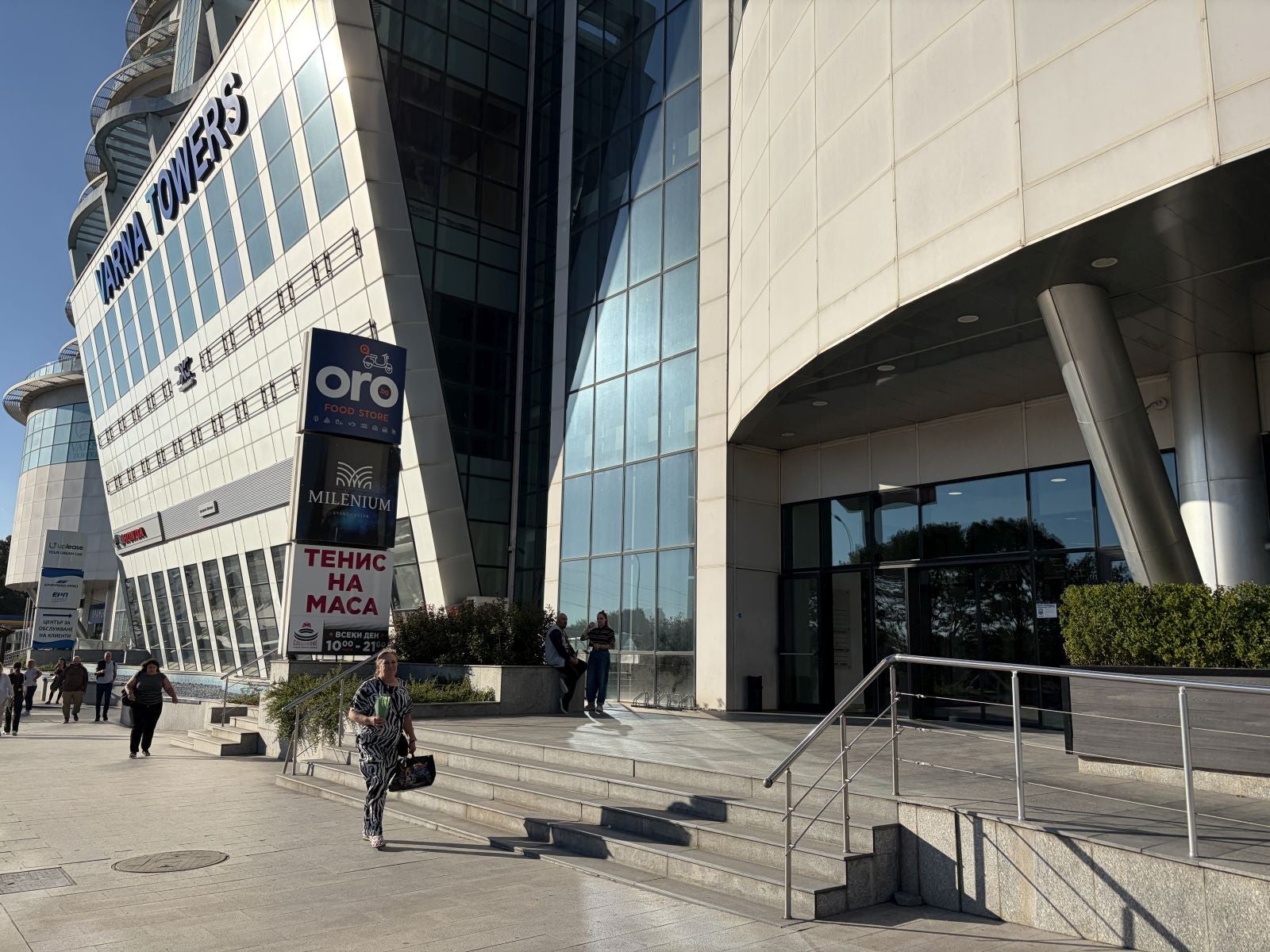
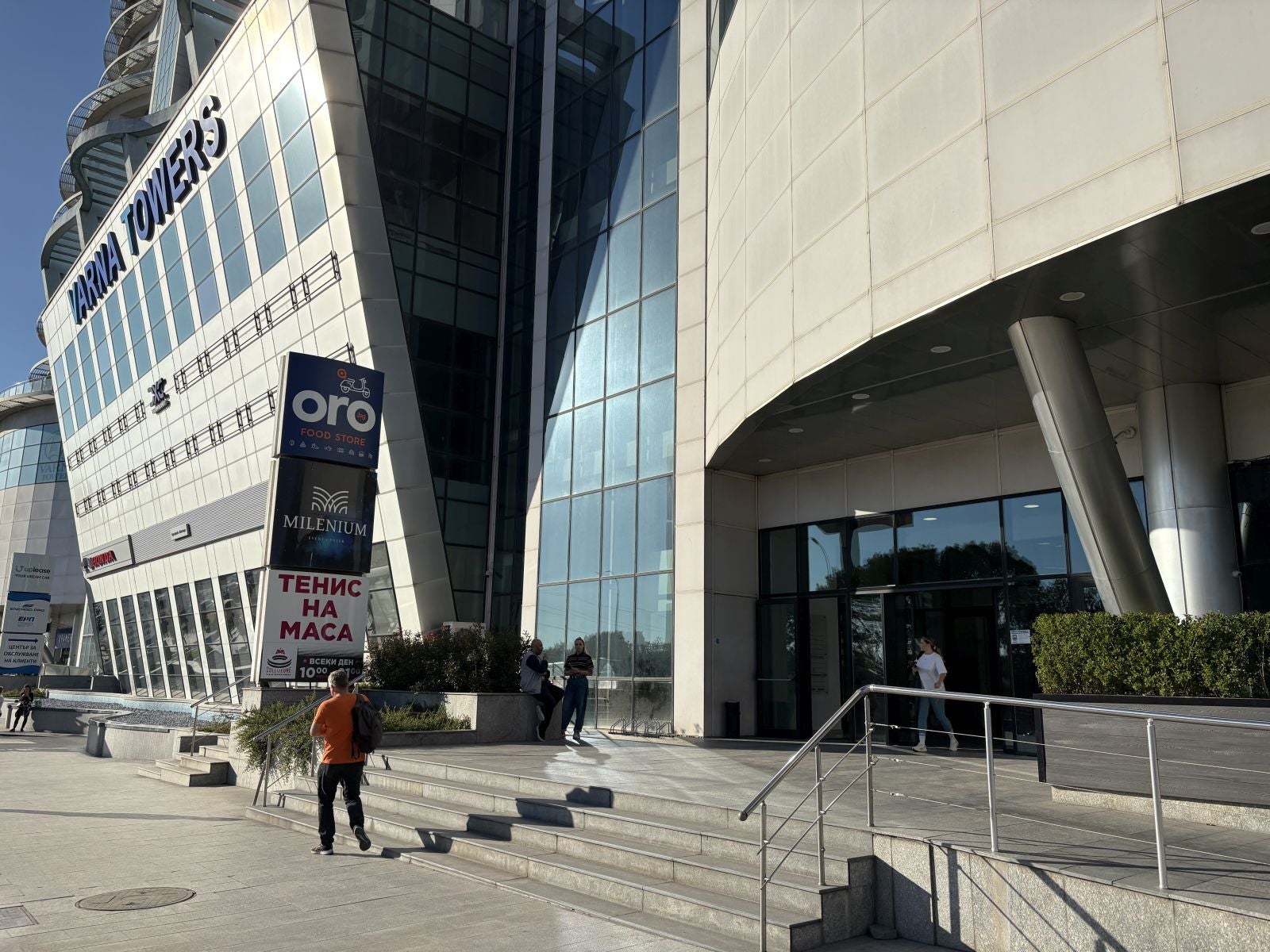





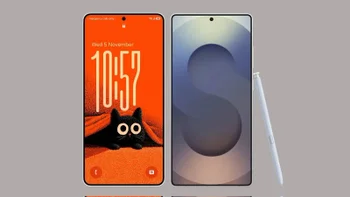
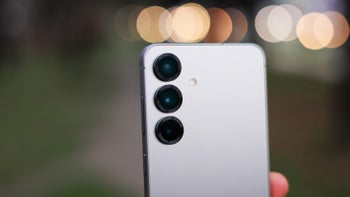
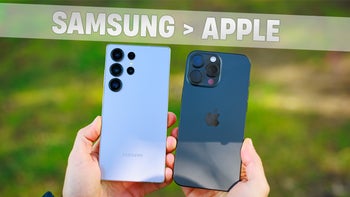

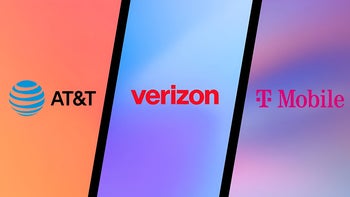

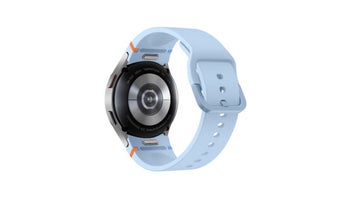
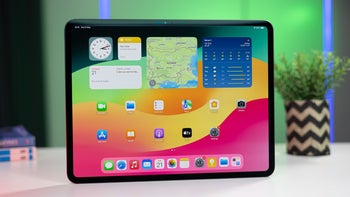
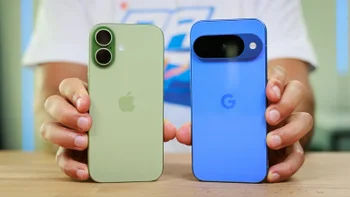

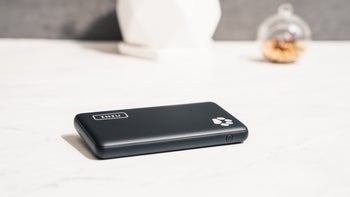
Things that are NOT allowed:
To help keep our community safe and free from spam, we apply temporary limits to newly created accounts: